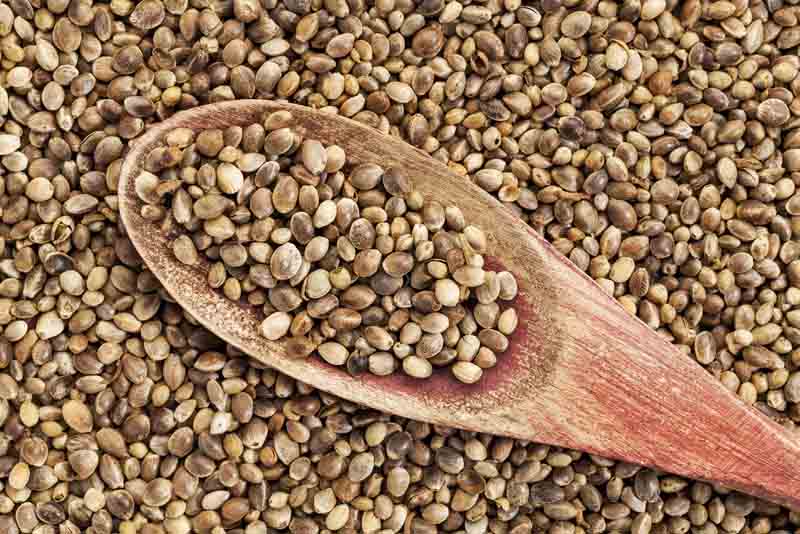TITOLO_FAQS
FAQs -
Hemp world
 From this section you can investigate all the terminology and learn more about how our products are manufactured.
From this section you can investigate all the terminology and learn more about how our products are manufactured.
Hemp prefers fertile alluvial soils, but adapts to all terrains, even up to 1500 meters above sea level. Not sensitive to late frost. Instead he suffers mortally water stagnation, especially in the first stage of vegetation. Sowing in February / March. Good results were also obtained in Piedmont playing an ancient technique of seeding in second crop (after ryegrass, barley, wheat): in this case the danger is that if the soil is not wet you encounter difficulties in germination or excessive heat dried the seedlings.
Whole hemp seeds can be eaten slightly toasted, they can be added wholly or ground in soups. In addition to this they are much used to the home-made production of vegetable milk (see Recipes section) and can be mixed with other seeds, until the mixture becomes creamy, with a delicate taste, which reminds the spreadable butter or to use as a condiment.
Shelled hemp seeds are the care of the whole seed. Easily used, can be added to bread and biscuits mixture, to yoghurt, sauces, salads or they can be also simply eaten uncooked. Their versatility in cooking gives you wide space to your creativity!
Hemp seed oil is obtained by the cold pressing of the whole hemp seed. It is a vegetable oil used in cooking as a condiment, always uncooked, but it can be also mixed with extra virgin olive oil to dress salads.
Hemp seed flour is all that is left after the pressing of the seed.
It is a suitable flour for any kind of sweet or savory mixture. It is important to remember that hemp seed flour can be mixed with other flours in a percentage that varies from 6-8% till 15-20%.

